.23.01.2014
CAPE CANVERAL, Fla. — Another Atlas V rocket is set to launch from Cape Canaveral Air Force Station on Thursday, and Channel 9's Melonie Holt learned it could be a busy year for launches.
This year's launch manifest has nearly doubled since last year, and Thursday's launch from Complex 41 will play a key role in modernizing NASA's communications network.
The Atlas V rocket will carry NASA's newest tracking and data relay satellite into orbit.
.
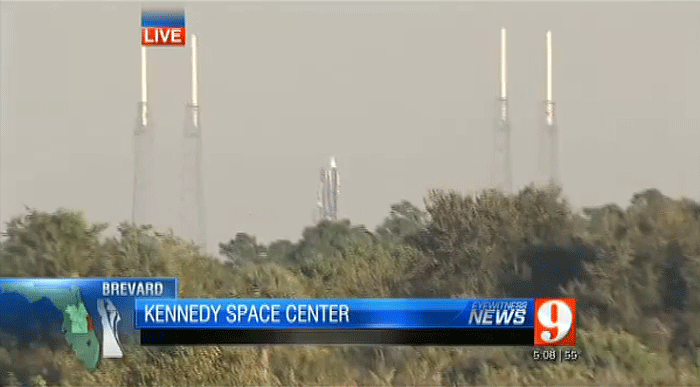
.

.

.
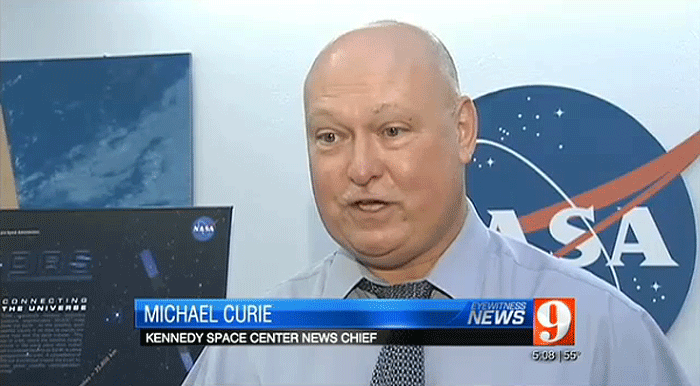
.
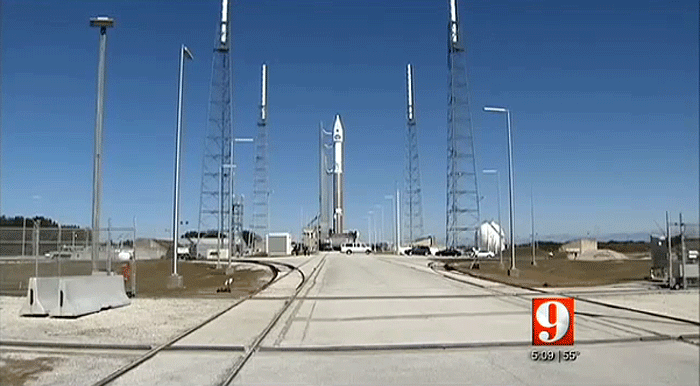
.
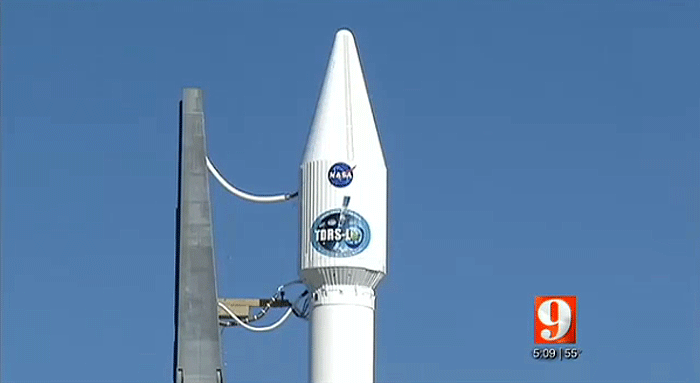
"All the beautiful video of the earth from the ISS comes through TDRS or the tracking data relay satellite network," said Kennedy Space Center news chief Michael Curie.
The same is true of the photos and video coming from the Hubble telescope.
And the satellite set to launch Thursday night will update NASA's fleet of tracking and data relay satellites in what will be a very busy year for the space agency.
"We have about 17 launches between mission that are going to ISS, five earth science missions that are launching this year. There are four SpaceX launches to ISS from Cape Canaveral Air Force Station," said Curie.
Not all of NASA's launches will be from Cape Canaveral Air Force Station, but, there will still be plenty of other payloads launched from the Space Coast in 2014. In all, 21 launches are on the manifest this year, compared to 12 last year.
There's also the first scheduled test flight for the Orion capsule, NASA's next exploration spacecraft.
Area business owner Brenda Mulberry said the more recent launches haven't been met with the same enthusiasm as the shuttle launches, but they're still significant.
"We're hopeful and I leave it that," she said.
Quelle: WFTV9
.
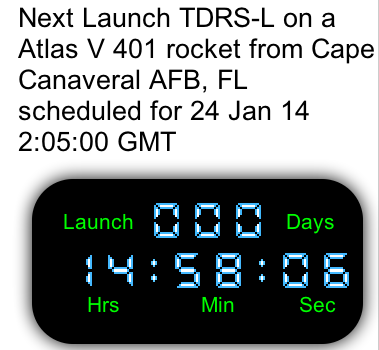
.
Update: 20.30 MEZ
.
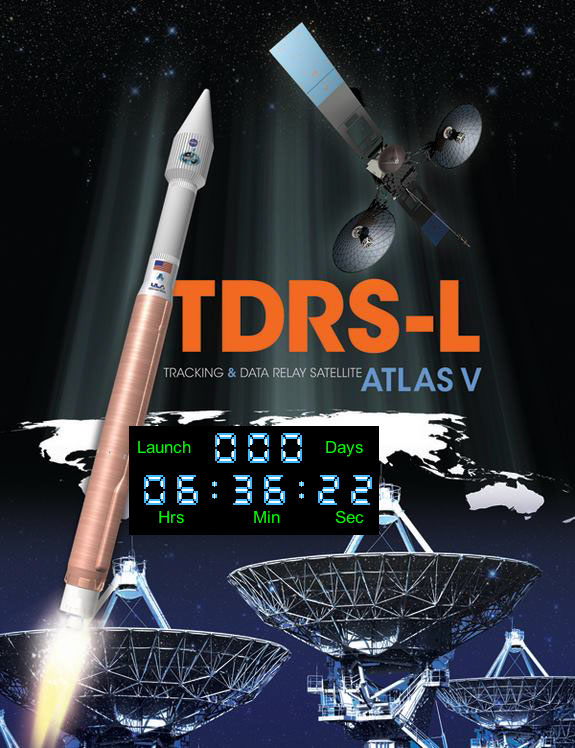
Quelle: ULA
.
Update: 24.01.2014
.
Erfolgreicher Start von AtlasV mit TDRS-L-Satelliten
.
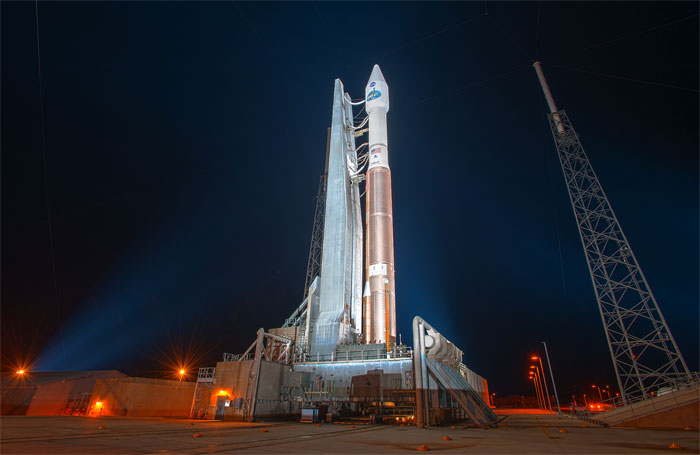
A United Launch Alliance Atlas V rocket stands ready to launch NASA's Tracking and Data Relay Satellite-L (TDRS-L) from Space Launch Complex-41 at Cape Canaveral Air Force Station, Fla.
.

A United Launch Alliance (ULA) Atlas V rocket successfully launches NASAs Tracking and Data Relay Satellite (TDRS-L) payload from Space Launch Complex-41. This was the first of 15 ULA launches scheduled for 2014 and the 78th ULA launch for ULA in just over seven years.
.
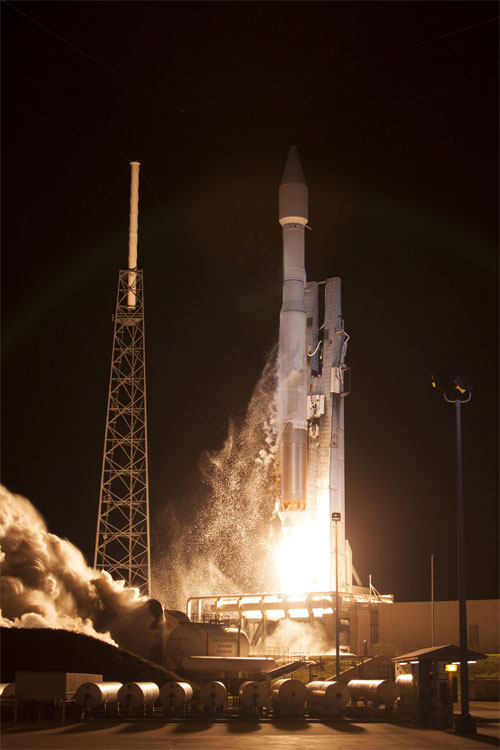
.
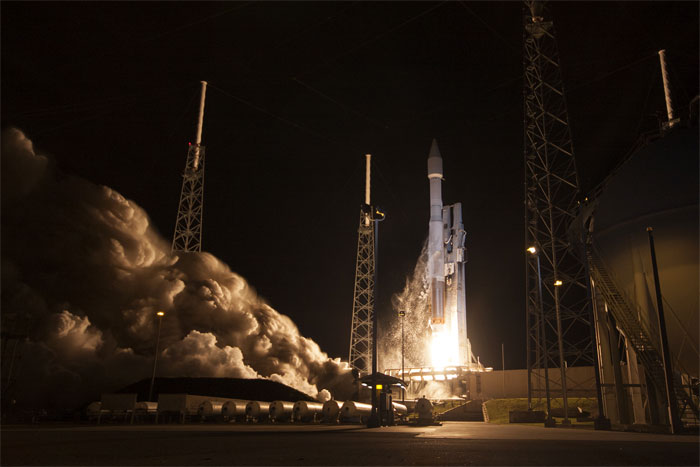
.
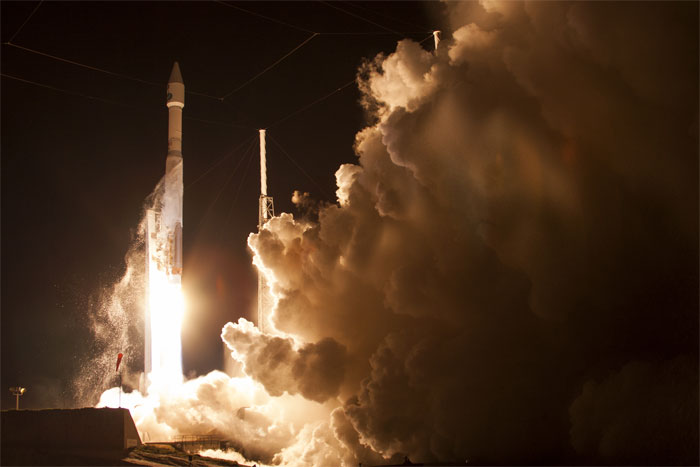
.

Quelle: Ulalaunch
.
1/23/2014 - CAPE CANAVERAL AIR FORCE STATION, Fla -- The U.S. Air Force's 45th Space Wing provided flawless Eastern Range support for NASA's successful launch of the Tracking and Data Relay Satellite-L mission aboard a United Launch Alliance Atlas V rocket from Launch Complex 41 here at 9:33 p.m. Jan. 23.
The rocket flew in the 401 vehicle configuration with a four-meter fairing, no solid rocket boosters and a single-engine Centaur upper stage.
Airmen, Air Force civilians and contractors from throughout the 45th Space Wing provided vital support, including weather forecasts, launch and range operations, security, safety, medical and public affairs. The wing also provided its vast network of radar, telemetry, and communications instrumentation to facilitate a safe launch on the Eastern Range.
The Atlas 5 rocket will carry the spacecraft on a two-hour flight to geosynchronous transfer orbit, the normal drop-off point for communications satellites. From there, TDRS-L will maneuver itself into a circular orbit and undergo months of testing before being declared operational.
"What an outstanding performance by an outstanding team," said Brig. Gen. Nina Armagno, commander, 45th Space Wing, who also served as the Launch Decision Authority for the 45th Space Wing's second launch of 2014.
On Jan. 6, the 45th Space Wing Sharks supported a SpaceX launch of the Thaicom 6 communications satellite from Space Launch Complex 40 here.
The TDRS-L spacecraft is the second of three new satellites designed to ensure vital operational continuity for NASA by expanding the lifespan of the fleet, which consists of eight satellites in geosynchronous orbit. The spacecraft provide tracking, telemetry, command and high bandwidth data return services for numerous science and human exploration missions orbiting Earth.
These include NASA's Hubble Space Telescope and the International Space Station. TDRS-L has a high-performance solar panel designed for more spacecraft power to meet the growing S-band communications requirements.
Quelle: USAF
5392 Views
